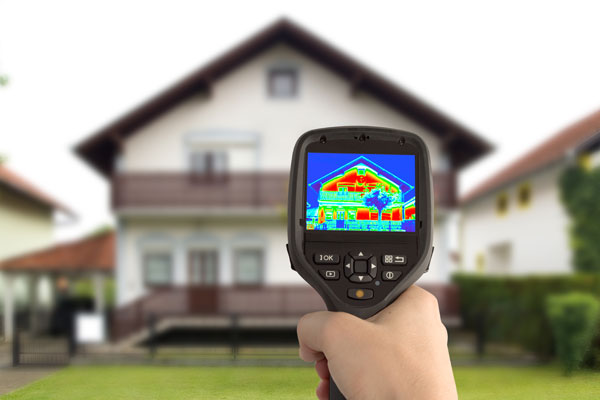How Thermal Imaging is Used in Leak Detection

Thermal imaging cameras are essential tools that engineers use to detect hidden leaks, particularly in places such as hot water pipes beneath floorboards, behind walls, or embedded in concrete. These high-tech devices make it possible to identify the location of leaks without invasive methods, saving time and preventing unnecessary damage to structures.
Thermal imaging cameras work by detecting and measuring the thermal energy radiating from objects. They convert this infrared energy into visible light, displaying it as a thermal image. Engineers can then assess the heat patterns to find inconsistencies, such as hot water leaking from a pipe, even when it is hidden behind walls or floors.
One of the main advantages of thermal imaging technology is its ability to detect moisture in areas that are not easily accessible. While traditional moisture meters require direct contact with a surface, thermal imaging can scan larger areas from a distance, identifying potential leaks in hard-to-reach places like ceilings, insulation, or under tiles. This is particularly useful when the source of the water is not immediately apparent or when it’s coming from behind dense materials like concrete or plaster.
By reading the heat emitted from surfaces, the camera registers temperature changes, which can indicate the presence of water. For instance, if you point a thermal imaging camera at a wall or floor where there may be a hidden leak, the camera will pick up cooler or warmer areas, depending on whether it’s a hot water pipe or moisture intrusion. These variations in temperature are then visualized in the thermal image, allowing engineers to pinpoint the problem.
In summary, thermal imaging cameras are invaluable for leak detection. They provide a non-invasive, efficient way to find leaks and moisture, helping engineers diagnose problems quickly and accurately without the need to tear apart walls or floors.

